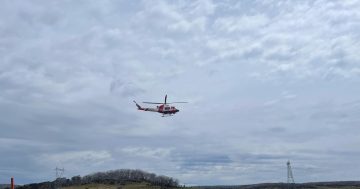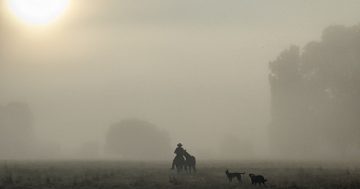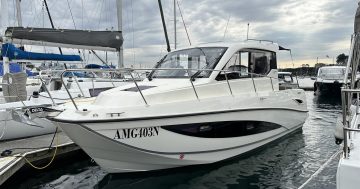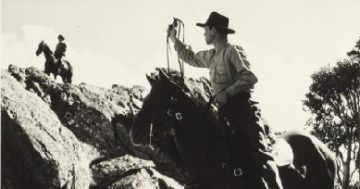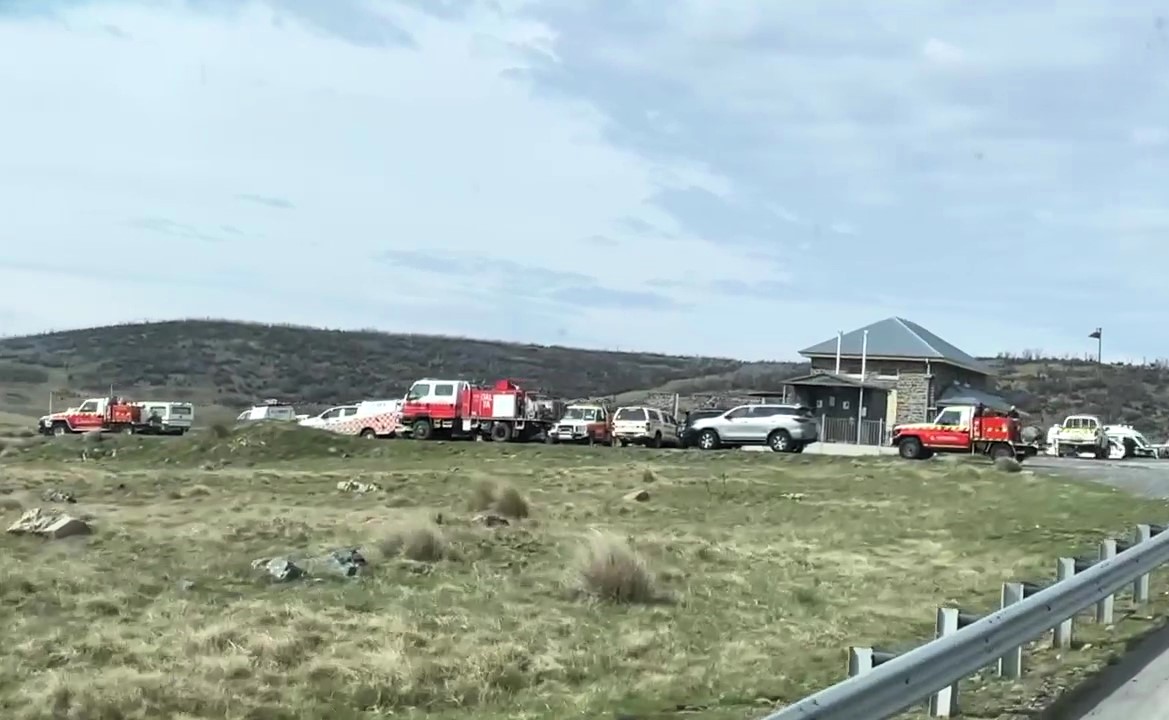
The massive search continues in Kosciuszko National Park for Lovisa (KiKi) Sjoberg. Photo: Ian Brown.
UPDATE 27 October, 6:00 pm: Police have announced Lovisa “Kiki” Sjoberg has been found alive. Read the latest on this story here.
October 26, 5:00 am: As the search for a missing woman enters its sixth day in Kosciuszko National Park, police and volunteers are battling challenging terrain and unpredictable weather conditions in their efforts to locate her.
Another adversity is the challenging task of charting the movements of 48-year-old Lovisa “Kiki” Sjoberg, who was seen and spoken to on Tuesday 8 October, and then seen driving a grey Mitsubishi Outlander in the national park about 7 am Tuesday 15 October.
When the vehicle, a rental car with the NSW registration DF25BA, was not returned as planned on 16 October, the company tracked the car’s location using GPS and notified police.
The car was discovered on Monday 21 October at the remote heritage settlement of Kiandra, between Cooma and Tumut, where it had remained parked since 15 October, with keys in the ignition and no personal items inside, prompting concerns for her welfare.
Police say GPS data also revealed Ms Sjoberg had the car in her possession for about 80 days during which time it had been regularly used.
As the search now enters its sixth day, the investigation team is working to gather more information about Ms Sjoberg’s possible movements and patterns.
A keen bushwalker, photographer and brumby advocate, she is a frequent visitor to the area and known to the local community through her work chronicling via social media the various mobs of wild horses, or brumbies, living in the park.
Social media activity has been closely monitored, with the last known online activity occurring on her Instagram page “Brumby Strong”, on 22 October.
There are also unconfirmed reports of a phone call between Lovisa and a friend on 21 October.
Monaro Police District Acting Inspector Andrew Woods, who is overseeing the search operation, spoke to Region about the ongoing efforts and challenges faced by the search teams.
He said Ms Sjoberg had entered the park alone and on foot with the stated intention of following mobs of horses.
“We’re focusing our search areas on the plains, as that’s where the brumbies tend to migrate and congregate,” Inspector Woods said.
“We’re also following particular mobs of wild horses, as we believe Lovisa may have been tracking them.”
The search area is vast and varied, encompassing plains, scrubland, and snow gum forests. Some areas are easily accessible by vehicle, while others require on-foot exploration.
“Where I am now, I can see about 500 meters in any direction,” Inspector Woods said, “but in other areas, we’ve had to send teams on foot to navigate the more challenging terrain.”
He said the usually variable mountain weather had been mostly cooperative, with sunny days peppered by a brief period of drizzle on Thursday.
However, the terrain itself poses significant challenges.
“Certain areas are definitely boggy,” Inspector Woods noted.
The search involves a coordinated approach using various resources including NSW Police, NSW National Parks and Wildlife Service, volunteers from State Emergency Services, NSW Rural Fire Service and VRA Rescue NSW search dogs.
“We really appreciate the commitment of our volunteers,” Inspector Woods said. “Their dedication has been crucial in maintaining the search effort.”
Inspector Woods said community involvement and local knowledge were also playing a significant part in operations.
“Experienced local riders and bushwalkers familiar with the area have been providing detailed information about areas they’ve searched independently and suggesting potential focus areas for the official search teams,” he said. “While the police cannot officially task these individuals, their input has been instrumental in guiding the official search efforts.”
Advanced technology has also been deployed, including infrared cameras likely to detect heat signatures in areas difficult to access on foot.
Aerial assets are also being utilised to cover larger areas more quickly, Inspector Woods said.
As the search continues, there’s a growing emphasis on gathering more information that could help narrow down Ms Sjoberg’s location.
“We just have to go through piece by piece,” Inspector Woods said. “It’s a big park, and it’s going to take some time to slowly progress through.”
He said the search teams were prepared to continue their efforts until they received information indicating Lovisa might be elsewhere.
Inspector Woods stressed the search served as a stark reminder of the importance of proper preparation when venturing into national parks.
“We encourage anyone going into the national park to file trip intention forms online. It’s a simple process that includes contact details and information about where you’re going and when you’re due to return.”
He also advised carrying sufficient food, water, and clothing to account for changing weather conditions.
“It can be very fresh up here, and conditions can change quickly,” he warned.
Additionally, he recommended carrying a safety beacon for emergencies.
Authorities urge anyone with information about Ms Sjoberg’s whereabouts or movements in Kosciuszko National Park to come forward and they are urging anyone heading into the park this weekend to keep their eyes peeled.
“Even small details could prove crucial in directing search efforts and bringing this ordeal to a positive conclusion,” Inspector Woods said, “bearing in mind there are also a lot of huts dotted about up there, so she may well have taken shelter in one of those.”
Ms Sjoberg is described as being of Caucasian appearance, with an olive complexion, black hair and brown eyes.
Anyone with any information they think might assist police is urged to contact Monaro Police on (02) 6298 0599 or Crime Stoppers on 1800 333 000.








